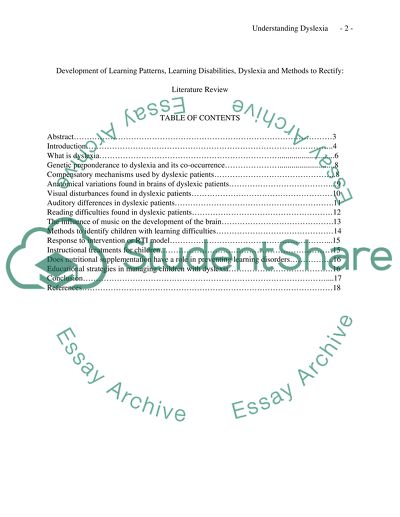Cite this document
(The Phenomena Associated With Dyslexia Literature review, n.d.)
The Phenomena Associated With Dyslexia Literature review. Retrieved from https://studentshare.org/education/1544644-reading-disabilities-focusing-on-dyslexia
The Phenomena Associated With Dyslexia Literature review. Retrieved from https://studentshare.org/education/1544644-reading-disabilities-focusing-on-dyslexia
(The Phenomena Associated With Dyslexia Literature Review)
The Phenomena Associated With Dyslexia Literature Review. https://studentshare.org/education/1544644-reading-disabilities-focusing-on-dyslexia.
The Phenomena Associated With Dyslexia Literature Review. https://studentshare.org/education/1544644-reading-disabilities-focusing-on-dyslexia.
“The Phenomena Associated With Dyslexia Literature Review”, n.d. https://studentshare.org/education/1544644-reading-disabilities-focusing-on-dyslexia.


